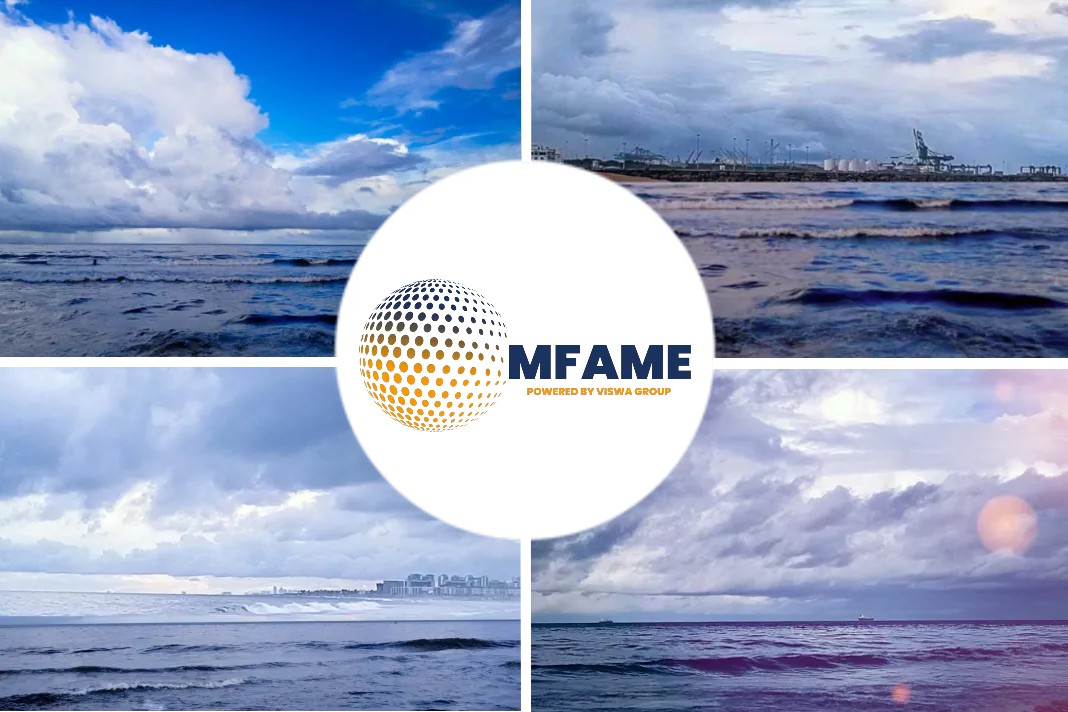Barnacles only attach when a ship is idle, says an article published in TANKER Operator.
Many vessels have been idle for considerable periods this spring, being used for oil storage, or delayed in transit. One study says 10 per cent barnacle cover can increase fuel consumption by 36 per cent.
Biofouling
Tankers sat at anchor operating as off-shore storage, predominantly in coastal regions with high biofouling potential, could now have significant barnacle fouling coverage on the hull compared to when they were in active service pre-pandemic.
A ship hull that has accumulated biological organisms (commonly known as biofouling), particularly one that is covered by shell-forming creatures such as barnacles, experiences increased hydrodynamic drag as it moves through the water.
What does this mean
This means that the greater the coverage of biofouling on the hull surface, the greater the shaft power required for the ship to maintain the same speed through water and this converts directly into increased fuel use.
Or if a ship is operating on fixed shaft power, it will suffer speed losses.
Given the pattern of idling tankers being used as floating storage, we can make an assumption that this is a vessel type that is particularly at risk from barnacle fouling.
Barnacle paradise
The greatest concentration of biofouling creatures are found in the warmer waters of the tropics and sub-tropics, with these areas being fondly referred to a ‘biofouling hotspots’ or ‘barnacle paradise’. Since the 1990s, a shift in global trade has resulted in ships visiting ports in tropical and sub-tropical waters.
How much fouling is there?
Study by Michael. P. Schultz
A 2007 published study by Michael. P. Schultz found that a vessel with 10 per cent barnacle coverage would need a 36 per cent shaft power increase to maintain the same speed.
Although this particular study was based on a naval frigate, the statistics are relatable to cargo ships.
Safinah Group
A new research study commissioned by I-Tech AB by marine coating consultants Safinah Group found that over 40 per cent of vessels surveyed had a barnacle fouling coverage of over 10 per cent.
This data comes from dry dock inspections of 249 vessels analysed between 2015 and 2019 (some vessels had multiple inspections in that period).
Comprehensive picture of Problem
By examining the type of vessel, existing antifouling coating used, barnacle coverage and location of the barnacle fouling, the research study builds a comprehensive picture of the extent of the barnacle fouling issue faced by the global fleet.
On 44% of vessels surveyed, over 10% of the underwater hull surface was covered with hard fouling. Anything more than 10% coverage is deemed to cause an ‘unacceptable’ impact on vessel performance by experts.
What data says
The data showed that 124 vessels had barnacle fouling coverage of up to 1000m2, 29 had coverage of up to 2000m2 and 19 vessels had had coverage up to 3000m2.
Two vessels had significant barnacle fouling coverage between 11,000 and 12,000m2.
This calculation is based on today’s relatively low fuel prices and only assumes a 10% coverage of hard fouling.
On lower activity vessels, it was found that 45% of vessels had barnacle fouling coverage greater than 10% compared to just 27% observed across higher activity vessels.
Assumptions
Drydocking data analysed as part of this study was completed pre-pandemic.
Therefore, it can be assumed that if 2020 data was to be assessed at a later date, the percentage of barnacle fouling on the hull would be much higher due to the increase in idling vessels this year so far.
Selektope
Selektope, an antifouling coating ingredient technology developed by I-Tech, has witnessed significant uptake in the past five years since first launched.
Selektope is an organic, non-metal ingredient for marine coatings that is relatively unique compared to traditional biocides currently used in many marine paints.
How it works
When leached into the water from the antifouling coating, functioning like any other biocide, Selektope activates the swimming behaviour of barnacle larvae through natural receptor stimulation.
This induces the barnacle larvae’s swimming behaviour that they use when seeking a hard substrate on which to attach.
This constant swimming mode prevents them from being able to settle, forces them to find another hard surface on which to glue themselves and build their volcano-shaped shell.
The barnacle larvae are only affected while they are close to the coated surface and the exposure to Selektope ultimately leaves them unharmed.
Benefits
When used in antifouling paints, Selektope can protect all ship types when they are idle or operating at low speeds for extended periods, even in extreme barnacle fouling risk areas.
Out of the top six marine coatings manufacturers, three have commercialised products containing Selektope in the past five years: Chugoku Marine Paints, Hempel and Jotun.
Did you subscribe to our daily newsletter?
It’s Free! Click here to Subscribe!
Source: TankerOperator























